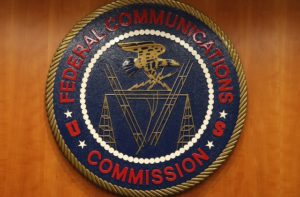On Thursday, the Federal Communications Commission approved a monthly broadband subsidy that hopes to bridge the digital divide and provide affordable Internet access to low-income households.
According to the CIO Today, a 3-2 decision by commissioners has resulted in a plan to subsidize Internet service for low-income homes in addition to voice-only phone service. The current budget for the program is about$1.5 billion, a figure that the FCC said is expected to increase as consumers take advantage of the new subsidy.
“Americans can access the dominant communications platform of the day,” said FCC Chairman Tom Wheeler in a statement released to The New York Times.
Since communication is a necessity in today’s society, the FCC will focus on making broadband a public utility.
A recent FCC report from February 2015 found that nearly 55 million Americans do not have access to advanced broadband, which is defined as Internet with at least 25 mbps download speeds. The 55 million includes nearly two-thirds of all native tribal land residents. While the FCC does not keep specific tabs on broadband access across most racial demographic groups, a 2014 Pew Research Center report suggests that Black consumers in low-income brackets have lower broadband adoption rates than Whites.
Also, the FCC suggested a proposal during Thursday’s meeting to create the first broadband privacy rules that would allow consumers to choose whether AT&T and Comcast could collect and share personal data. Only about 40 percent of consumers earning less than $25,000 a year can afford broadband, while 95 percent of all households making over $150,000 have high-speed Internet at home, the FCC said in a New York Times article.
Those eligible for programs like the Supplemental Nutrition Assistance Program and tribal and veterans benefits will be able to apply for the subsidy starting in December. The funds can be used for wireless or fixed-wire broadband. The FCC said it would aim to keep the budget of the subsidy program under $2.25 billion, money that is provided through line-item charges on wireless and Internet bills.



